Traditional herb gardening is experiencing a resurgence among gardening enthusiasts looking to reconnect with nature and enjoy the bounty of fresh, organic herbs. Whether you’re a seasoned gardener or new to the world of green thumbs, traditional herb gardening offers a unique blend of sustainability, health benefits, and culinary delights. From aromatic herbs that enhance your meals to those with medicinal properties, traditional herb gardening is more than just a hobby—it’s a way of life. In this ultimate guide, we’ll explore everything you need to know to get started, from selecting the right herbs to mastering the art of growth and maintenance. With expert tips and tricks, you’ll learn how to create a thriving herb garden that yields fresh, flavorful results year after year. Let’s dive in and unlock the secrets of traditional herb gardening!
Key Takeaways
– Begin with easy-to-grow herbs: Start your herb garden with basil, thyme, oregano, marjoram, rosemary, sage, lemon balm, peppermint, and spearmint for their culinary versatility and ease of growth.
– Focus on profitable herbs: Basil, rosemary, mint, lemongrass, turmeric, ginger, cilantro, and dill are among the most lucrative herbs to grow, offering high market demand and multiple uses.
– Be cautious with challenging herbs: Lavender, basil, mint, rosemary, coriander, dill, and parsley are among the hardest to grow due to their specific requirements and susceptibility to pests.
– Seek expert advice: Explore resources like Old Seed for tips on heirloom gardening and sustainable practices to enhance your success.
The Mother of All Herbs
The term “mother of all herbs” commonly refers to turmeric, a vibrant yellow-orange spice known for its rich history, medicinal properties, and versatile uses in cooking and traditional medicine. Turmeric has earned this title due to its significant role in herbal remedies and its ability to enhance both health and flavor in various dishes.
Why Turmeric is Considered the Mother of All Herbs:
- Historical Significance : Turmeric has been used for centuries in Ayurvedic medicine, dating back thousands of years. Its popularity stems from its believed ability to balance bodily systems and promote overall well-being.
- Nutritional Value : Packed with essential nutrients, including curcumin, turmeric is renowned for its anti-inflammatory and antioxidant properties. These compounds contribute to its healing and preventive effects.
- Active Compounds : Curcumin, the active compound in turmeric, is celebrated for its potent medicinal benefits. Research supports its role in reducing inflammation, aiding digestion, and boosting immunity.
- Versatility in Cooking : Beyond its medicinal uses, turmeric is a staple in kitchens worldwide. It adds color and flavor to soups, curries, and sauces, making it a cornerstone of many cuisines.
- Cultural and Spiritual Importance : In many cultures, turmeric holds spiritual significance. It is often used in rituals and ceremonies, symbolizing prosperity, health, and harmony.
Turmeric truly stands out as a multifaceted herb, earning its reputation as the mother of all herbs due to its enduring legacy in health, wellness, and culinary traditions.
For more insights into turmeric and other herbal remedies, explore Old Seed , your trusted source for heirloom gardening and sustainable agriculture.
Herbs That Should Not Be Planted Together
Planting certain herbs together can lead to conflicts due to their growth requirements, chemical interactions, or competition. Here are some pairs of herbs that should not be grown side by side:
- Full Sun vs. Shade Preferences
- Basil (full sun)
- Parsley (partial shade)
- Difference in sunlight requirements can lead to stunted growth or poor health.
- Space and Airflow Needs
- Rosemary
- Lavender
- Thyme
- Oregano
- These taller herbs may overcrowd shorter ones, affecting their health and growth.
- Companion Planting Considerations
- Marigolds (attract aphids)
- Vegetables (like tomatoes, beans)
- While marigolds can deter pests, they may attract aphids that harm vegetables.
- Chemical Interactions
- Garlic
- Onions
- Carrots
- Beets
- The strong odor from garlic and onions can inhibit neighboring plants’ growth.
- Fertilizer and pH Requirements
- Rhubarb
- Tomatoes
- Rhubarb prefers slightly acidic soil, while tomatoes thrive in alkaline conditions.
- Lifespan and Habitat
- Comfrey
- Lavender
- Annuals vs. Perennials
- Perennial herbs like comfrey and lavender may overshadow annuals, reducing their yield.
- Natural Habitat Competition
- Dill
- Fennel
- Both herbs have similar growth habits and may compete for resources.
How to Layout an Herb Garden
To create a functional and visually appealing herb garden, follow these steps:
- Choose the Right Location: Select a sunny spot in your yard or garden. A south-facing wall is ideal as it maximizes sunlight exposure.
- Plan the Layout: Designate four rectangular beds, each approximately 10 feet by 20 feet, surrounding a central focal point like a sundial or a decorative water feature. This layout ensures symmetry and easy access to all herbs.
- Select Herbs to Grow: Choose a variety of culinary, ornamental, and medicinal herbs. Common options include rosemary, thyme, lavender, basil, mint, and parsley. Consider dedicating specific beds to each category.
- Arrange Plants Strategically: Place taller herbs like bay trees or comfrey in the center or along walkways for vertical interest. Arrange shorter herbs in rows or clusters for a neat appearance.
- Add Pathways: Create stone or gravel paths between the beds for easy navigation and to prevent soil compaction. Include benches or sitting areas for relaxation.
- Incorporate Design Elements: Add decorative elements such as birdhouses, wind chimes, or a small pond to enhance the aesthetic appeal while attracting beneficial insects.
- Consider Maintenance: Regularly harvest herbs to encourage growth and prevent overcrowding. Practice companion planting to deter pests and improve plant health.
For more detailed guidance on creating a thriving herb garden, visit our Herb Garden Layout Guide .
What Are the Best Herbs to Start a Herb Garden With?
Basil, thyme, oregano, marjoram, rosemary, sage, lemon balm, peppermint, and spearmint are excellent choices for beginning herb gardeners due to their ease of growth and culinary versatility. These herbs not only add flavor to your cooking but also attract pollinators and provide fresh greens for your kitchen.
Basil is a popular choice for its fragrant leaves, ideal for dishes like pasta and pizza. Thyme is drought-tolerant and works well in Mediterranean-inspired recipes. Oregano and marjoram offer robust flavors, while rosemary is perfect for seasoning meats and roasted vegetables. Sage complements meats and cheeses, making it a versatile addition to your garden. Lemon balm adds a refreshing citrus twist to drinks and dishes, while peppermint and spearmint are great for herbal teas and freshening the air.
For those looking to expand their herb collection, consider exploring other options like lavender, cilantro, or parsley. These herbs can be grown in containers or small spaces, making them ideal for urban gardens. Remember to water regularly and choose varieties suited to your climate to maximize your herb garden’s productivity.
If you’re unsure about specific herbs or need more guidance, check out resources like Old Seed for tips on heirloom gardening and sustainable practices. Their expertise can help you get started on your journey to growing fresh, organic herbs year-round.
The Most Lucrative Herb to Grow
When considering the most lucrative herb to grow, several factors come into play, including growth rate, yield, market demand, and potential uses. Herbs are often sought after for their culinary, medicinal, and ornamental value, making them a valuable crop for many gardeners and farmers.
Below is a list of some of the most profitable herbs to grow, based on their commercial viability and market demand:
- Basil
- Rosemary
- Mint
- Lemongrass
- Turmeric
- Ginger
- Cilantro
- Dill
Basil is one of the most popular herbs globally, used extensively in cooking. It has a high market demand and can be grown year-round indoors. Fresh basil fetches premium prices at local markets.
Rosemary is another highly demanded herb, valued for its flavorful leaves. It grows well in Mediterranean climates and can be dried for long-term storage, increasing its profitability.
Mint is a versatile herb with numerous culinary and medicinal uses. It grows rapidly and can be harvested multiple times during the growing season, making it a profitable choice.
Lemongrass is increasingly popular in both culinary and medicinal contexts. Its refreshing flavor is highly sought after, and it has multiple uses, including oil extraction and tea production.
Turmeric is known for its vibrant yellow color and health benefits. It commands a high price due to its limited supply and multiple uses in cooking and wellness products.
Ginger is another highly profitable herb, used in various cuisines and herbal remedies. It grows well in warm climates and has a strong market demand year-round.
Cilantro, also known as fresh coriander, is a staple in many dishes. Its short growing season and high demand make it a lucrative crop, particularly for those who sell at local markets or online platforms.
Dill is a versatile herb used in pickling, cooking, and herbal remedies. Its availability and multiple uses contribute to its profitability, especially during the summer months when it thrives.
These herbs not only offer financial returns but also contribute to sustainable living and self-sufficiency. Growing herbs can be a rewarding endeavor, combining profit with the joy of gardening.
Which Herb Is the Hardest to Grow?
Lavender is often considered one of the most challenging herbs to grow successfully.
- Lavender requires specific conditions: full sun, well-drained soil, and consistent watering. It’s prone to pests and diseases, making it difficult for many gardeners.
- Basil is another tricky herb due to its susceptibility to pests and the need for constant pruning to prevent overcrowding.
- Mint grows rapidly and can spread aggressively, requiring regular division to prevent it from taking over your garden.
- Rosemary is finicky with its soil preferences and can succumb to root rot if not properly cared for.
- Coriander and dill are also among the harder herbs to grow, as they require specific temperatures and lighting conditions.
- Parsley faces challenges with pests and diseases, particularly in humid environments.
These herbs may seem easy to care for, but their unique needs make them difficult to grow effectively. For more tips on cultivating these herbs, check out our gardening resources .
For those looking to improve their gardening skills, consider trying these herbs next season. With the right care, you can master the art of growing even the hardest-to-please plants.
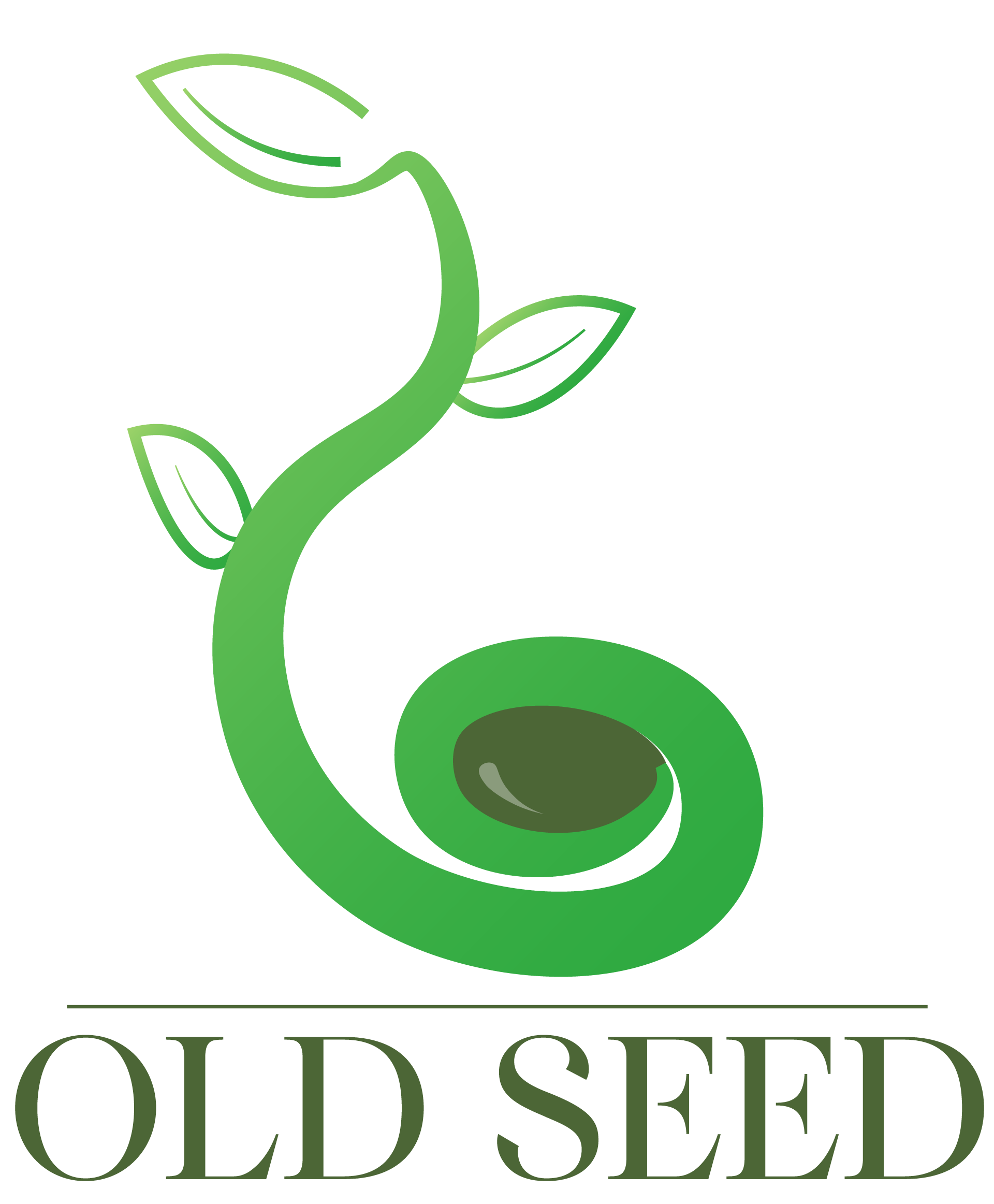
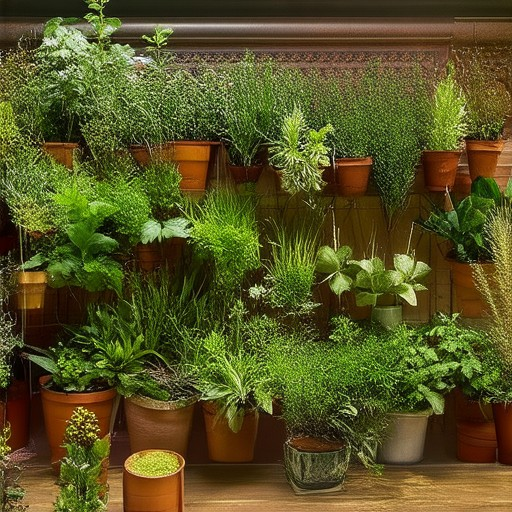
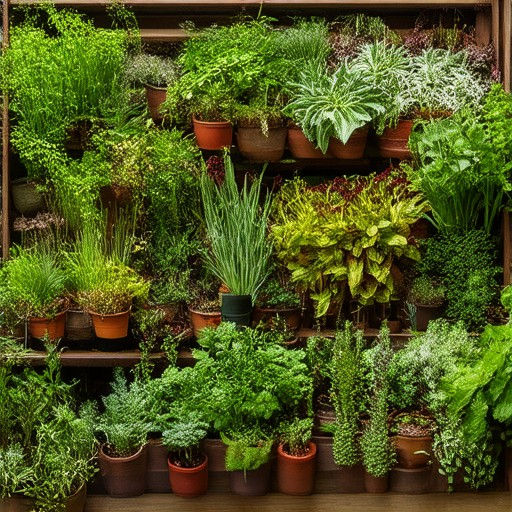

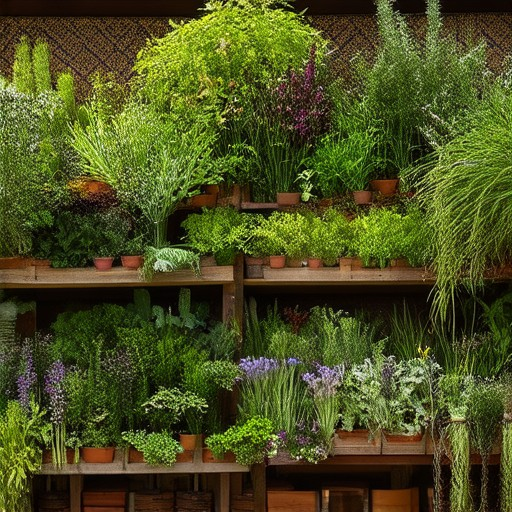
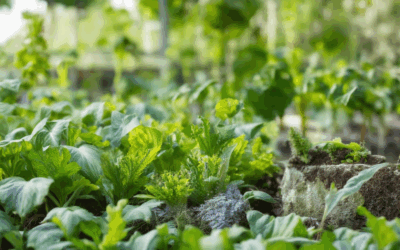
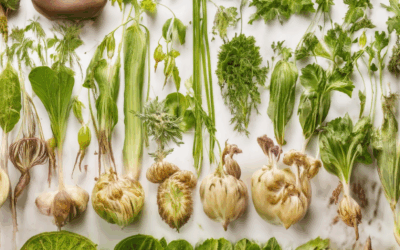
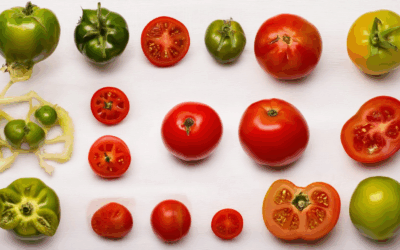
0 Comments